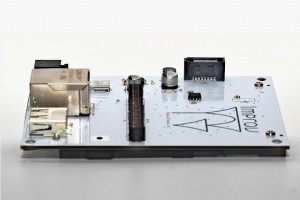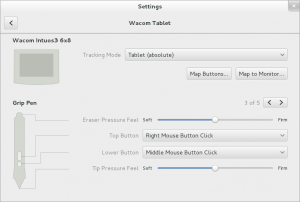I’m going to Linux Audio Conf ’14
Tomorrow morning I set sail on a sleek omnibus to LAC 14. There’ll be 77 events and 33 concerts, not to mention all sorts of mini talks and lean-tos. Scene celebreties will also be there, including falkTX of the amazing KXStudio, Rui Nuno Capela of the stunning qTractor, and Harry Van Haaren of the electrifying Open AV. Those guys have been heroes of mine for the last three years, and I can’t wait to meet themIt’s going to take about 20hrs of travelling to get to Karlsruhe, Germany, from Berlin, but I’m hoping my life-long travel sickness won’t make me pay.

So if you’re going to be there, please give me a shout, and let’s have a drink and compare synths. And in the mean time check out 20 seconds of Sorcer.




